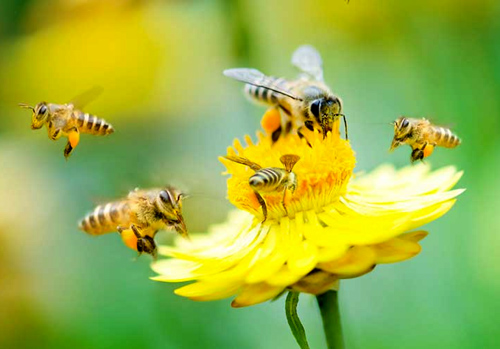Reproduction in Plants
All plants start out as seeds. There are different types and sizes of seeds. We can have small or slightly big seeds, some are round and some are flat shaped. All seeds have embryos which the plant grows out from. The seeds have seed coats which protects the plant inside.

In order for plants to grow (germinate) the seed needs the right conditions like water, oxygen and temperature in the soil. If the seed does not have these things it will not grow (remain dormant). The plant inside the seed grows and pushes open the seed coat. Usually small roots grow out first then the stem underneath the soil. The first sign of life above the soil are usually small leaves (this is either called Seedling or Sprout)

The seedling grows to full maturity and posses fully grown leaves, stems and roots. Mature plants grow flowers and produce more seeds through Pollination. These seeds may drop near the plant or may be carried away by animals. If these seeds receive the right conditions to grow the cycle begins again.

Not all plants produce seeds so they produce baby plants in a different way. Plants like sugar cane, ginger and cassava are reproduced by plant specific parts of the mature plant in soil (cuttings of these plants or pores).